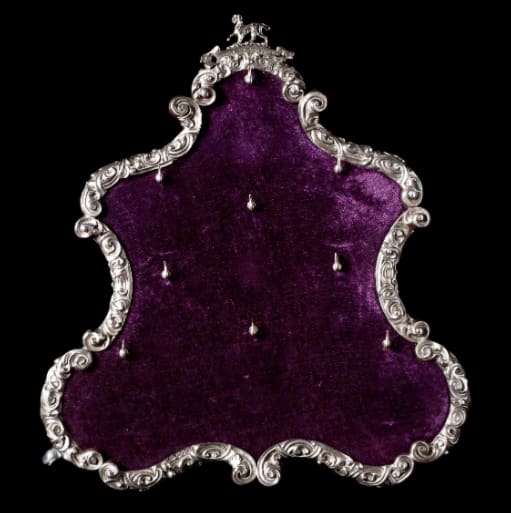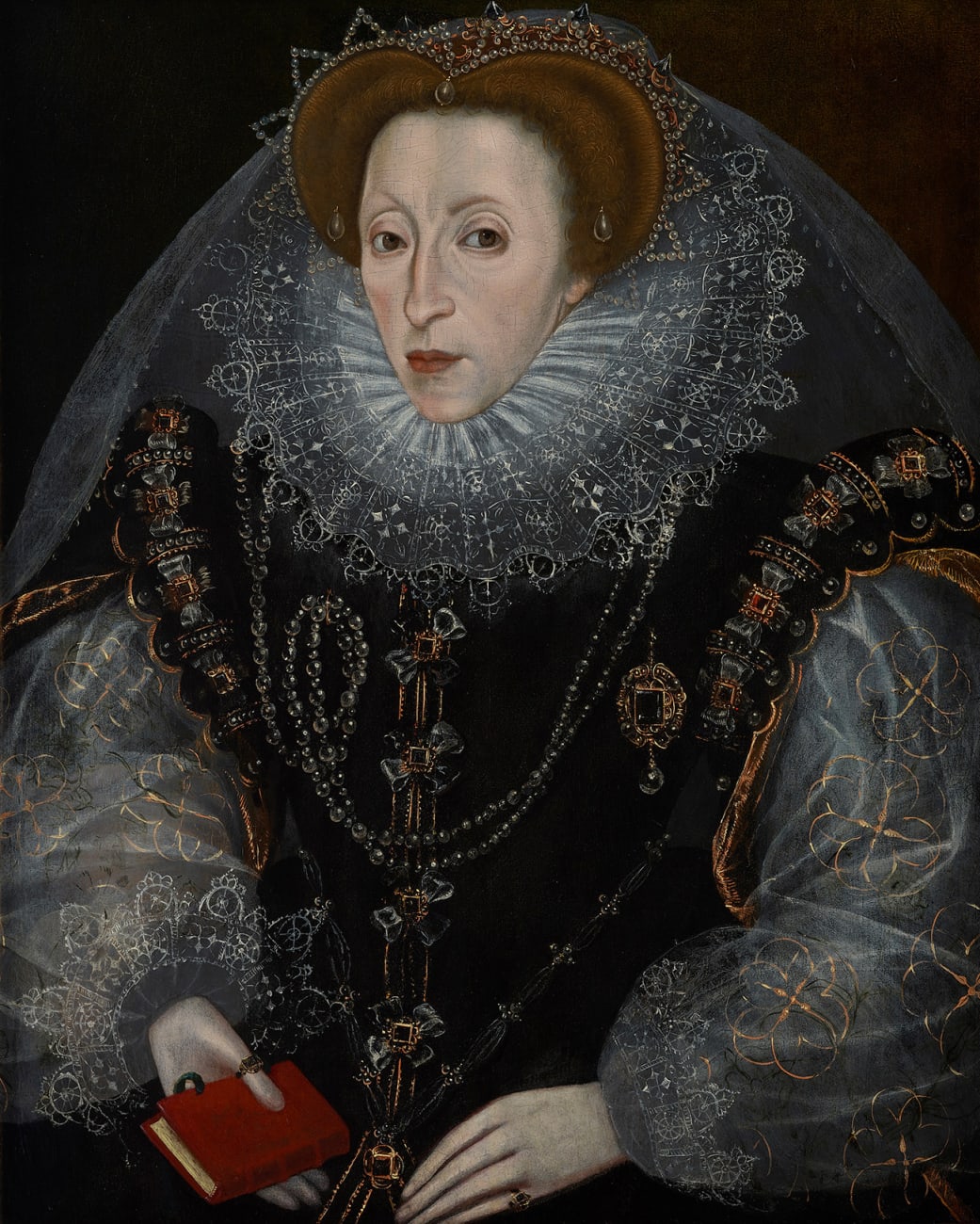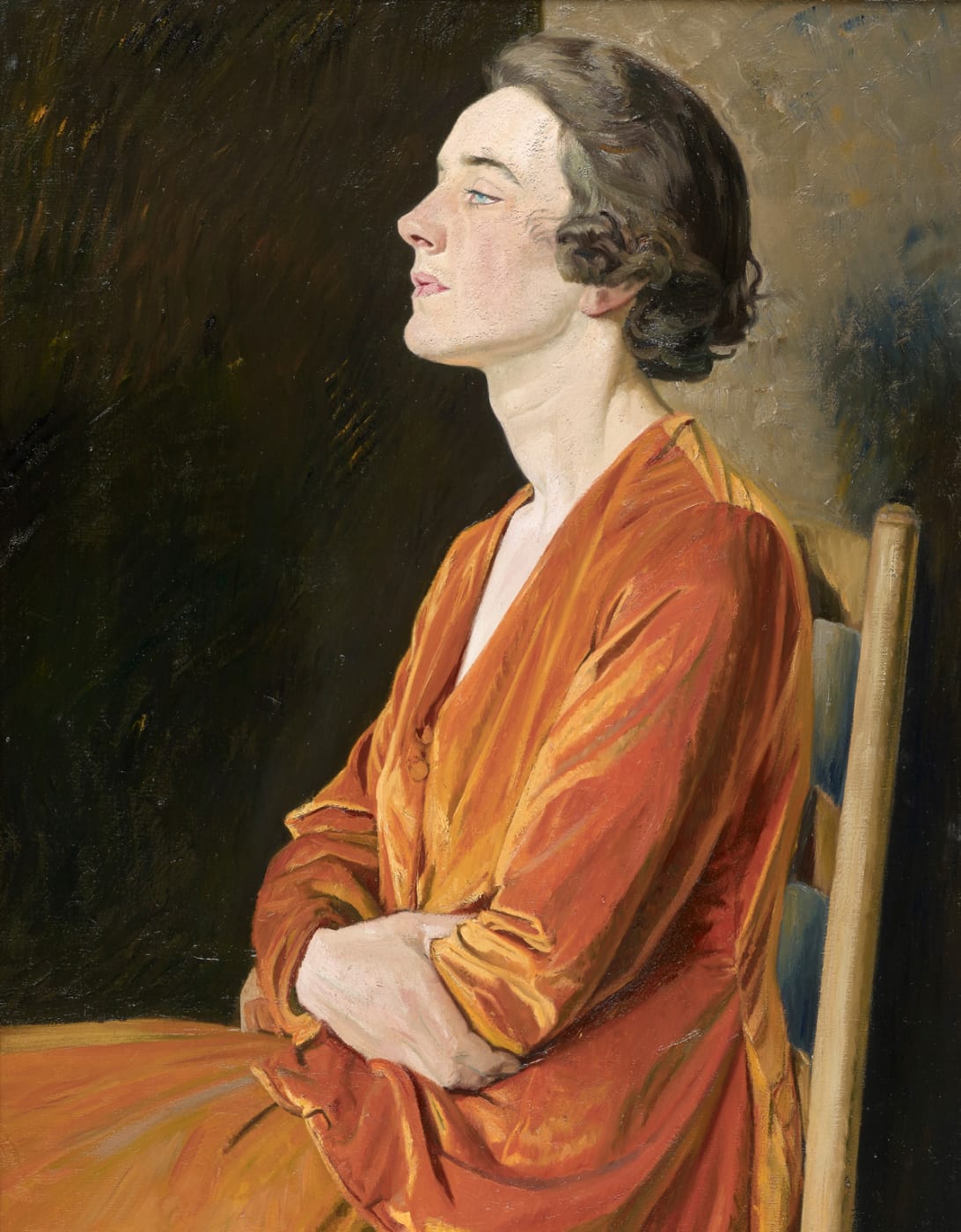Displaying Miniatures An Original 19th Century Leuchars Frame
Leuchars was established in 1794 in Piccadilly, London, by James Leuchars and are now perhaps best remembered for their production of high-quality silver boxes. Following James' death in 1822, the business was continued by his widow Lucy Leuchars and subsequently by the latter's son, William. In 1837 Leuchars was awarded a Royal Warrant for supplying dressing cases to the royal family and by 1851 was exhibiting at the Great Exhibition and a decade later, in 1862, at the International Exhibition.
The present work was made in 1885 as can be deduced by the 'K' hallmark of that year, and the mark of the Lion Passant, seen second from left next to the 'W.L.' hallmark for William Leuchars, proves that it has been assayed and is of sterling standard (92.5% silver + 7.5% copper and other metals). The leopard's head indicates that it was hallmarked in London and the queen's head in profile indicates that the duty has been paid.
Mottoes were first introduced to coats of arms in the 14th and 15th centuries but were not used commonly until the 17th century. The motto 'Fide et Virtute', which is Latin for 'By Fidelity and Valour' was used by a number of prominent families throughout England, making a precise identification very difficult. A few families that did adopt this motto were; Ramsbottom, Rochead, Shephard and Gooch. Perhaps the most prominent family to use this motto was the Gladstones, although their crest depicts a griffin as opposed to a Talbot (dog) as seen in the present design. The Gooch family seems like the most likely contender given that their crest depicts a Talbot with the same motto seen here, although a slight discrepancy being the absence of an oak wheel beneath the Talbot's raised paw, which does appear in other Gooch family crests. A few other families to consider include the Ramsbottom family who would have originated from the town of Ramsbottom ('Valley of the Ram') - now in the Borough of Bury, Greater Manchester. The Rochead family are another possibility - they were a prosperous family who lived in the north of Edinburgh and owned the Inverleith suburb for two centuries until 1749.
Buy the frame here.


